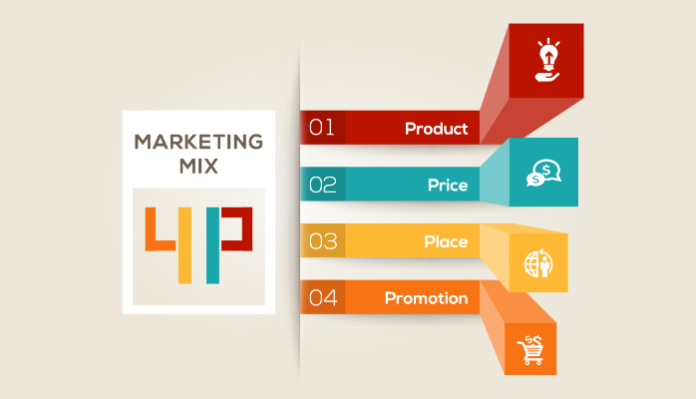By Richard Schonberger
 You can’t pass Marketing 101 without learning the four Ps of marketing: Product, Price, Place and Promotion. But it’s past time to make marketing’s big eight the four Ps—plus Quality, Speed, Flexibility and Value.
You can’t pass Marketing 101 without learning the four Ps of marketing: Product, Price, Place and Promotion. But it’s past time to make marketing’s big eight the four Ps—plus Quality, Speed, Flexibility and Value.
QSFV are the main deliverables that effective manufacturing passes forward along the channels of the value chain to end customers. If you’re a marketer armed with the big eight and your competitors only with the four Ps, your customer retention, new customers and sales revenues soar—at competitors’ expense.
However, many manufacturers are laggards in applying the “best practices” that deliver QSFV. In that case, the producers need a push from marketing: To gain better quality, quicker response to customers, greater flexibility to avoid backorders or gluts of wrong Products (first P), and lower total costs/higher value, marketers should put to good use their fourth P, Promotion, in making their case for producers to embrace QSF and V.
To do that, marketers need familiarity with what those QSFV-focused practices are. Most everyone (besides me) who has high anxieties over the failures of producers to adopt customer-focused practices, say the answer lies in strong executive backing. Ha. ha. People always say that about any new initiative. It doesn’t work, because the executive team always has a full plate. At most the CEO and president will give an early nudge to the initiative, then delegate it downward to the appropriate department head and pay only passing attention to it thereafter.
So, what’s going on in manufacturing that elevates Quality. Speed, Flexibility and Value? Primary among the terms it goes by are just-in-time (JIT) production (the hottest topic in manufacturing throughout the 1980s), lean manufacturing and Toyota production system, which usually are linked to total quality, total productive maintenance and 5S (five ways of keeping things neat, clean and orderly).
All have roots in Japan, except for strong contributions to TQ from American quality experts, W. Edwards Deming and Joseph Juran. The methodologies were detailed in my own Japanese Manufacturing Techniques, the earliest book by a non-Japanese author, followed by other works presenting the concepts in different ways with different examples of JIT, as implemented globally.
In 1990, The Machine That Changed the World presented allied concepts, as applied mainly to automotive assembly. That book, which renamed JIT as lean, set off a blizzard of initiatives in manufacturing, and then services. However, here’s a typical example (from a forthcoming article of mine) of supposedly best lean practices:
“Manufacturers proudly display factories that have been cleared of targeted wastes and are marvels of short flow times, low work-in-progress inventories and high capacity utilization… A closer look, however, often reveals a supply chain with extended lead times and swollen finished-goods inventories that dwarf the low in-plant inventories.”
This discouraging scenario is based on sequential production: Each of a minimal number of complex, high-velocity, failure-prone machines makes one thing at a time, even though the factory may have a product line of hundreds of SKUs. The customer-focused alternative, concurrent production, employs multiple production lines, machines or cells—simple, dependable, low-cost equipment units, each with its own family of products—producing many simultaneously, closely in sync with end-customer demand. Customer lead times plunge as well as total costs.
Marketers, you are needed—to add your strong voices to those favoring customer-focused concurrent production.
Richard J. Schonberger is an independent researcher, author and presenter, based in Bellevue. You can contact him at sainc17@centurylink.net.






